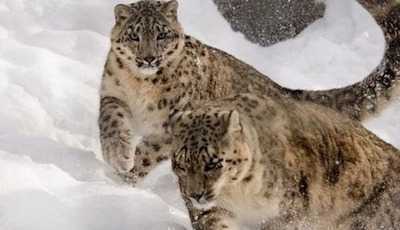

According to the World Wildlife Fund (WWF) India, the country is home to only 450-500 snow leopards. These elusive and endangered felines, often referred to as the ‘Grey Ghost,’ inhabit the western Himalayan regions of Uttarakhand, Himachal Pradesh, Ladakh, Sikkim, and Arunachal Pradesh. Typically found at altitudes ranging from 3,000 to 5,000 meters, snow leopards are rarely seen in the wild. However, passionate wildlife enthusiasts venture deep into the rugged Himalayan landscapes, hoping to catch a fleeting glimpse of these magnificent creatures.
If you dream of witnessing a snow leopard in its natural habitat, here are some of the best places in India to increase your chances:
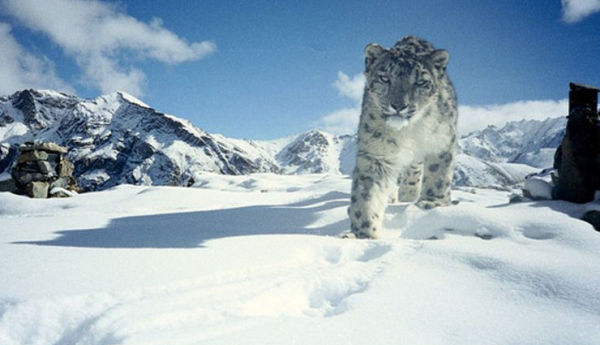
# Hemis National Park, Ladakh
A vast high-altitude reserve covering over 600 sq km, Hemis National Park is named after the renowned Hemis Monastery. It boasts the highest density of snow leopards in any protected area worldwide, with around 200 individuals. Situated on the western bank of the Indus River, the park encompasses the Markha, Rumbak, and Sumdah valleys. The Rumbak Valley, in particular, is a hotspot for snow leopard sightings, especially during winter treks. The park is also home to other rare species, such as the bharal (blue sheep).
# Kumaon Hills, Uttarakhand
Kumaon, often considered the better half of the Garhwal region, is home to a diverse range of wildlife, including the Himalayan snow leopard. Approximately 10% of India’s snow leopard population is believed to reside in Uttarakhand, with some inhabiting the Kumaon hills near Munsiyari. Snow leopard treks in winter provide an opportunity to spot these elusive felines. In 2015, the first confirmed sighting in the Kumaon Hills was recorded at an altitude of 4,100 meters in Bageshwar district. By 2022, Uttarakhand’s Forest Department estimated the state’s snow leopard population to have risen to 121 from 86 in 2016.
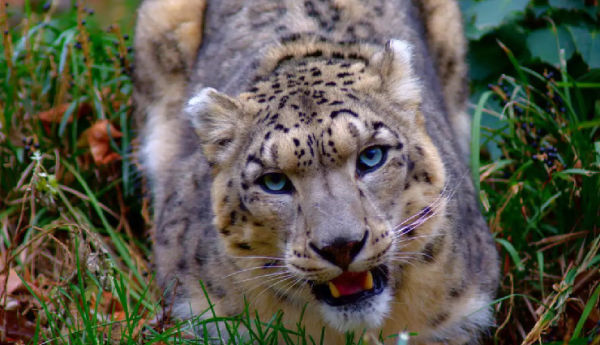
# Great Himalayan National Park, Himachal Pradesh
A UNESCO World Heritage Site, the Great Himalayan National Park shelters a diverse range of species, including 31 mammal species, 209 bird species, and several reptiles and amphibians. Snow leopards inhabit the park’s highest regions, above the tree line, where the rugged terrain provides an ideal environment for their survival. The park’s remote and steep landscapes make it a crucial sanctuary for these endangered cats.
# Pin Valley National Park, Himachal Pradesh
Located in the Lahaul and Spiti district, Pin Valley National Park spans 675 sq km and forms part of the Himalayan Cold Desert Biosphere Reserve. The park is home to over 20 animal and bird species, including approximately 12 snow leopards. Winter offers the best chances for sightings, as snow leopards descend to lower altitudes in search of food and water.

# Gangotri National Park, Uttarakhand
Gangotri National Park recorded its first snow leopard sighting in December 2013. Since then, it has become a sought-after destination for wildlife enthusiasts. In June 2022, more than 40 snow leopards were spotted through camera traps installed across the park. Spanning 2,390 sq km at elevations between 1,800 and 7,083 meters, the park forms a crucial wildlife corridor between Govind Pashu Vihar National Park and Kedarnath National Park. Besides snow leopards, it is home to blue sheep, black bears, tigers, brown bears, Himalayan tahrs, and musk deer.
# Govind Pashu Vihar National Park, Uttarakhand
Situated in Uttarakhand’s upper Garhwal region, Govind Pashu Vihar National Park spans 472 sq km and was established to protect the dwindling snow leopard population. These big cats primarily reside at elevations above 3,500 meters. The park is also a critical habitat for the bearded vulture and several rare bird species, including the Monal pheasant, Koklass pheasant, Himalayan snowcock, golden eagle, and steppe eagle.
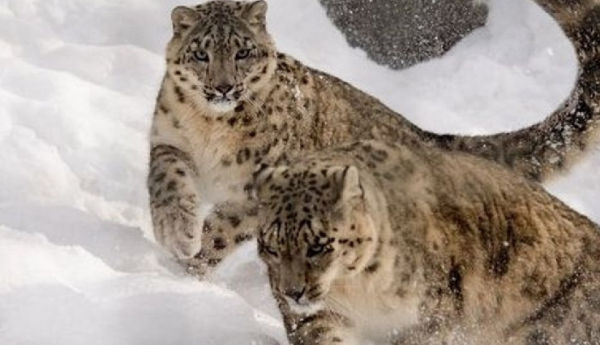
# Nanda Devi National Park, Uttarakhand
Part of the UNESCO-listed Nanda Devi Biosphere Reserve, this national park is a haven for rare and endangered species, including the Asiatic black bear, brown bear, blue sheep, and snow leopard. Spread across Chamoli, Pithoragarh, and Bageshwar districts, it is also home to Nanda Devi Peak (7,817 meters), India’s second-highest mountain. The park, along with the adjoining Valley of Flowers National Park, offers incredible trekking, wildlife spotting, and snow leopard sighting opportunities.
# Khangchendzonga National Park, Sikkim
Also known as the Kanchenjunga Biosphere Reserve, this park in Sikkim is one of the top snow leopard habitats outside Uttarakhand and Himachal Pradesh. Spanning 850 sq km, it extends from Lhonak Valley and the ridges of Lachen to the historic Yuksom region. The park hosts nearly 40% of Sikkim’s land area and supports half of India’s bird diversity, numerous orchids, and a third of the country’s flowering plants. Its upper regions provide an ideal environment for snow leopards, making sightings possible at times.
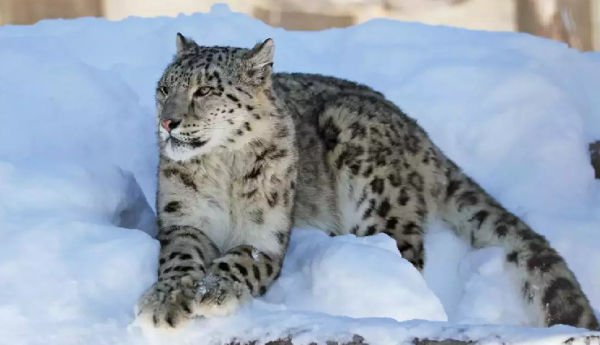
# Namdapha National Park, Arunachal Pradesh
Namdapha National Park is unique for being the only park in the world to house four big cat species: the tiger, leopard, snow leopard, and clouded leopard. Covering 1,985 sq km, it lies along the India-Myanmar border in Arunachal Pradesh’s Changlang district. Snow leopards are best spotted here during the winter months when the park’s snow-covered terrain enhances their visibility.
# Upper Spiti Valley, Himachal Pradesh
Lahaul and Spiti District is renowned for its pristine Himalayan landscapes, and the Upper Spiti Valley offers an unforgettable opportunity to see snow leopards in the wild. Though sightings are rare, the valley remains one of India’s top destinations for spotting these elusive cats, especially during the winter months. In January 2022, three snow leopards were observed near Kaza, indicating a growing population in the region.